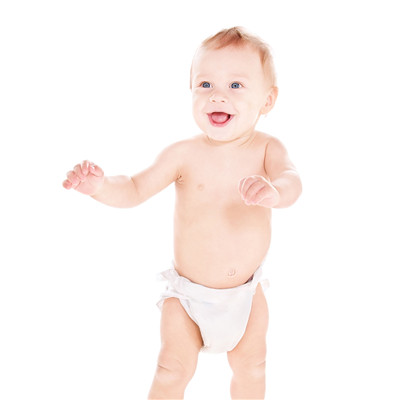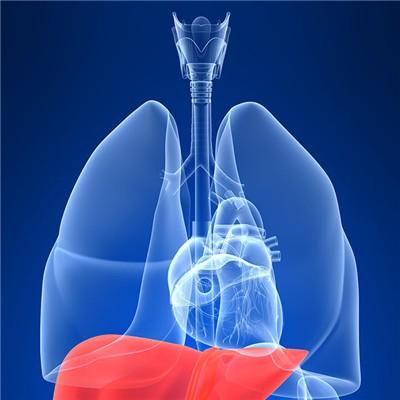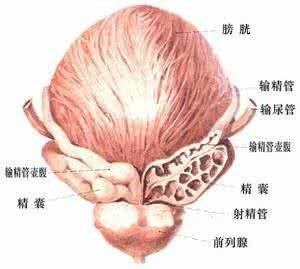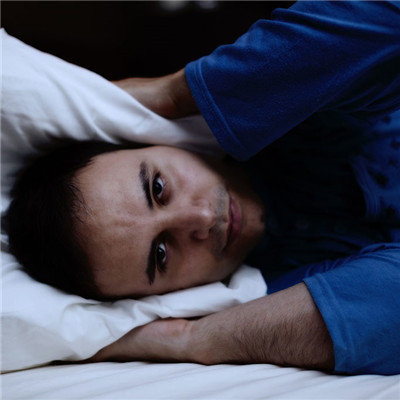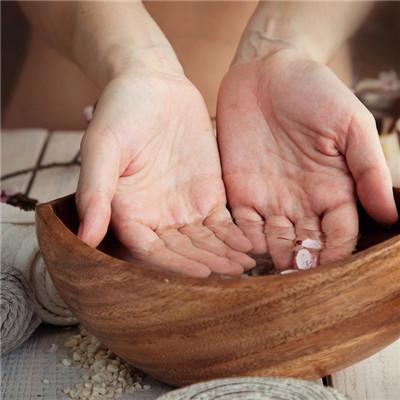Symptoms of hyperosteogeny of knee joint
summary
The knee joint is bone hyperplasia, which is the most easily occurred in the elderly. The incidence rate of women is higher in the survey. The main manifestations are knee joint conjecture or bilateral discomfort. Some people appear pain and swelling. The pain usually occurs at the beginning of the walking, especially when climbing stairs. But if the bone hyperplasia becomes serious, the pain and swelling will increase, the elderly will not be able to move easily, and the joints will become extremely unstable.
Symptoms of hyperosteogeny of knee joint
The clinical manifestations of knee Osteohyperplasia, such as some people have persistent pain, especially in cold or humid weather, this pain is particularly obvious, get up in the morning or sedentary rise, knee pain numbness, even become stiff.

In the early stage of knee spur, some people will feel pain when walking, going up and down stairs, running, joint bounce, joint flexion and extension dysfunction, etc. after a period of rest and activity, they will be relieved, which will seriously affect the quality of sleep.

Osteohyperplasia of knee joint, some patients can see joint effusion, local swelling, compression phenomenon, osteophyte formation around the knee joint, will be accompanied by osteoporosis and fracture sclerosis, rough joint surface, narrowing the gap between joints.
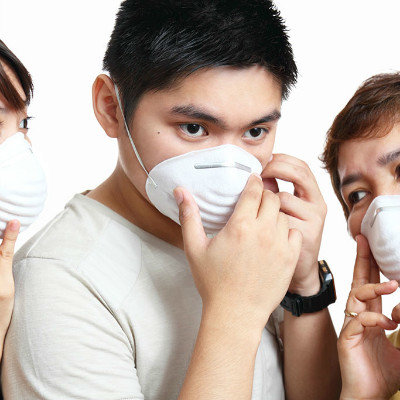
matters needing attention
If it is early osteogeny of knee joint, the most obvious symptom is pain, especially when going up and down stairs. With the increase of pain, the patient's knee joint will have flexion and extension dysfunction, and even getting out of bed becomes very difficult.
